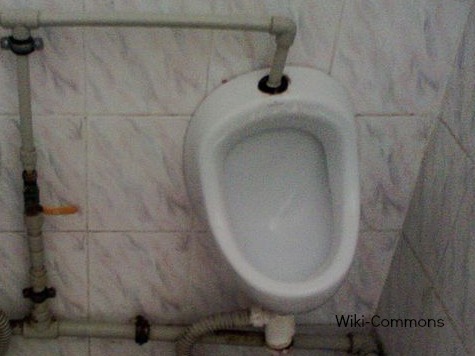The drought that has plagued most of Texas for the past several years is forcing municipalities to consider what some might think a radical solution to finding more drinking water. The solution: recycling flushed toilet water into drinking water. Wichita Falls, Texas is now the latest city to take up consideration of the trending solution.
According to the Associated Press, Wichita Falls is so far behind on rainfall that city leaders have asked state regulators for permission to use treated waste water as drinking water. The report cites Wichita Falls being nearly 34 inches behind in rainfall over the past three years, and the two lakes which the city relies on for water sources are at 26 percent capacity.
This is not a new concept for Texas municipalities. Big Spring began construction of a water recycling facility in 2011. Shortly after, the City of Lubbock followed suit.
The Big Spring water recycling construction project began during the summer of 2011 and was said to be the first of its kind in Texas. The $13 million waste-water-reclamation plant opened in the spring of 2013 and currently mixes treated sewage water with water from lakes to produce a high-quality drinking water–meeting all federal and state regulatory measures according to an article in ProcessingMagazine.com.
With strong population growth forecasts across Texas, local and state government leaders must look to new sources for drinking water and other applications. The Big Spring Water Treatment Plant website describes the process as follows:
Treated water discharged from the City’s wastewater treatment plant travels down Beals Creek to the Colorado River where it is captured in the E. V. Spence Reservoir. Spence water is then pumped uphill and delivered to member and customer cities of the Colorado River Municipal Water District. Advanced treatment technologies, including microfiltration, reverse osmosis, and ultraviolet disinfection are used to purify the effluent water prior to it being blended with raw water from other sources. These technologies produce water that meets or exceeds all primary drinking water quality standards as well as the non-mandatory guidelines set for taste considerations. This treated water is then be blended with raw lake water from other sources before being delivered to the water treatment plants of Big Spring, Stanton, Midland, and Odessa.
John Grant, general manager of the Colorado River Municipal Water District told Processing Magazine, “the water that comes out of the reclamation plant is completely safe and if something went wrong the systems of the facility would shut down before the water was allowed to leave the plant.”
The Big Spring plant is the same technology being considered by officials in Wichita Falls, according to the AP report.
Follow Bob Price on Twitter @BobPriceBBTX

COMMENTS
Please let us know if you're having issues with commenting.